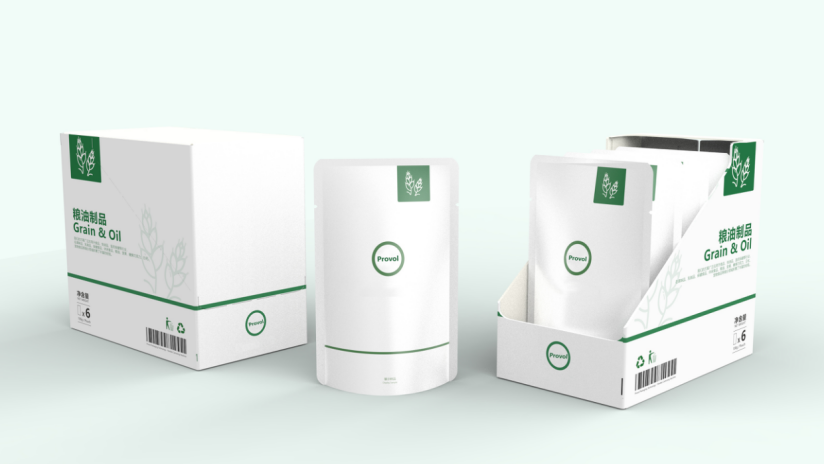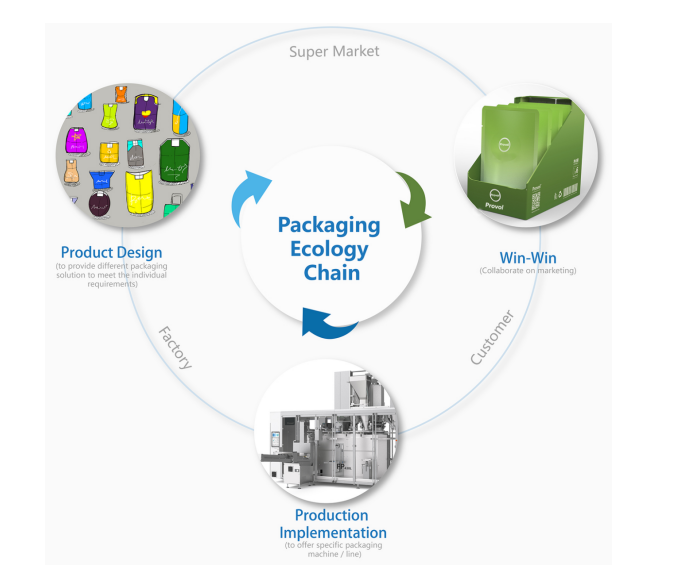Important Considerations for Food Packaging
Introduction
Food packaging is a critical aspect of the food industry. It not only serves to protect the quality and safety of food products but also plays a significant role in marketing and consumer perception. This article discusses some crucial considerations for food packaging, emphasizing the importance of balancing functionality, sustainability, and aesthetics.

Food Safety
Food safety is paramount in food packaging. Packaging materials should be chosen carefully to ensure they do not react with or contaminate the food. Packaging processes must maintain the integrity of the product, preventing spoilage, contamination, or the growth of harmful microorganisms. Labels and information should clearly convey essential details, including allergen warnings and expiration dates.
Sustainability

As environmental concerns grow, sustainable packaging is becoming increasingly important. Food companies are adopting eco-friendly materials, reducing packaging waste, and optimizing packaging designs to minimize their carbon footprint. Consumers are also more inclined to choose products with eco-friendly packaging, making sustainability a competitive advantage.
Functionality
Food packaging should be designed to meet the specific needs of the product. It should protect against physical damage, moisture, and light while allowing for easy storage and handling. Packaging should also facilitate portion control and portion preservation, helping consumers maintain freshness and reduce food waste.
Branding and Aesthetics
Packaging is often the first point of contact between a consumer and a product. It should effectively communicate the brand's identity and values. Attractive packaging can influence purchasing decisions, making design, color, and branding crucial elements in food packaging. Eye-catching and well-designed packaging can help products stand out on store shelves.
Conclusion
Food packaging is a multifaceted process that demands careful consideration of various factors. Balancing food safety, sustainability, functionality, and aesthetics is essential to create packaging solutions that not only protect food but also appeal to consumers and meet the demands of an evolving market. By prioritizing these considerations, the food industry can continue to innovate and adapt to the changing landscape of consumer preferences and environmental concerns.




